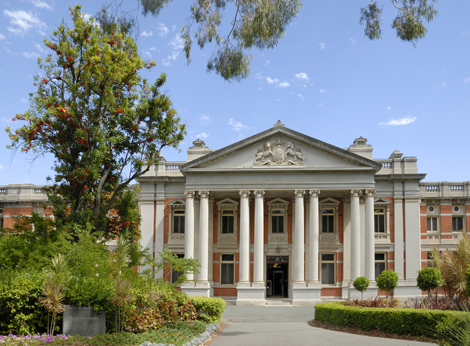
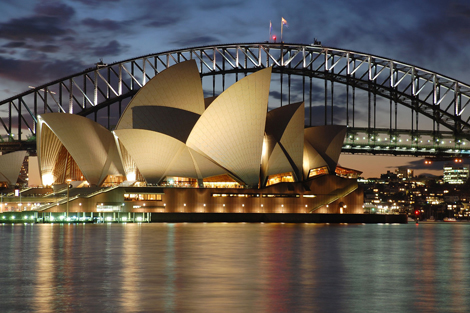
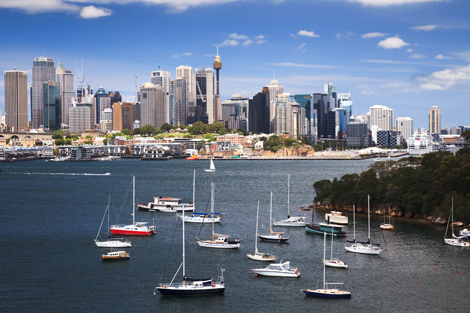
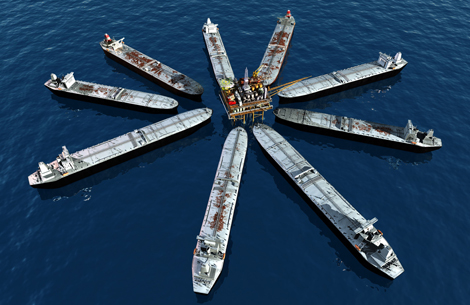
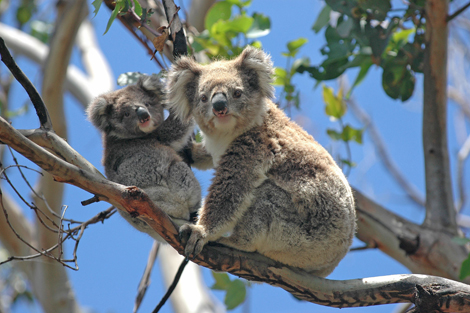
Australia
Australia officially the Commonwealth of Australia, is a country comprising the mainland of the Australian continent, the island of Tasmania, and numerous smaller islands. It is the world’s sixth-largest country by total area. Neighbouring countries include Indonesia, East Timor and Papua New Guinea to the north; the Solomon Islands, Vanuatu and New Caledonia to the north-east; and New Zealand to the south-east.
For at least 40,000 years before the first British settlement in the late 18th century, Australia was inhabited by indigenous Australians, who spoke languages grouped into roughly 250 language groups. After discovery by Dutch explorers in 1606, Australia’s eastern half was claimed by Great Britain in 1770 and settled through penal transportation to the colony of New South Wales from 26 January 1788. The population grew steadily in subsequent decades; the continent was explored and an additional five self-governing Crown Colonies were established.
On 1 January 1901, the six colonies federated, forming the Commonwealth of Australia. Since Federation, Australia has maintained a stable liberal democratic political system that functions as a federal parliamentary democracy and constitutional monarchy. The federation comprises six states and several territories. The population of 24 million is highly urbanised and heavily concentrated in the eastern states.
A highly developed country and one of the wealthiest, Australia is the world’s 12th-largest economy and has the world’s fifth-highest per capita income. Australia’s military expenditure is the world’s 13th-largest. With the second-highest human development index globally, Australia ranks highly in many international comparisons of national performance, such as quality of life, health, education, economic freedom, and the protection of civil liberties and political rights.
Australia is a wealthy country with a market economy, a relatively high GDP per capita, and a relatively low rate of poverty. Ranked third in the Index of Economic Freedom (2010), Australia is the world’s twelfth largest economy and has the fifth highest per capita GDP (nominal) at $66,984. The country was ranked second in the United Nations 2011 Human Development Index and first in Legatum’s 2008 Prosperity Index. All of Australia’s major cities fare well in global comparative livability surveys; Melbourne reached first place on The Economist’s 2011 and 2012 world’s most livable cities lists, followed by Sydney, Perth, and Adelaide in sixth, eighth, and ninth place respectively. Total government debt in Australia is about $190 billion – 20% of GDP in 2010. Australia has among the highest house prices and some of the highest household-debt levels in the world.
An emphasis on exporting commodities rather than manufactured goods has underpinned a significant increase in Australia’s terms of trade since the start of the 21st century, due to rising commodity prices. Australia has a balance of payments that is more than 7% of GDP negative, and has had persistently large current account deficits for more than 50 years. Australia has grown at an average annual rate of 3.6% for over 15 years, in comparison to the OECD annual average of 2.5%. Australia was the only advanced economy not to experience a recession due to the global financial downturn in 2008–2009. However, the economies of six of Australia’s major trading partners have been in recession, which in turn has affected Australia, significantly hampering its economic growth in recent years. From 2012 to early 2013, Australia’s national economy grew, but some non-mining states and Australia’s non-mining economy experienced a recession.
Over the past decade, inflation has typically been 2–3% and the base interest rate 5–6%. The service sector of the economy, including tourism, education, and financial services, accounts for about 70% of GDP. Rich in natural resources, Australia is a major exporter of agricultural products, particularly wheat and wool, minerals such as iron-ore and gold, and energy in the forms of liquified natural gas and coal. Although agriculture and natural resources account for only 3% and 5% of GDP respectively, they contribute substantially to export performance. Australia’s largest export markets are Japan, China, the US, South Korea, and New Zealand. Australia is the world’s fourth largest exporter of wine, and the wine industry contributes $5.5 billion per year to the nation’s economy.






